This week I thought I would touch on a very serious topic. Dog bites. Just a few days ago I received an all too common phone call from a lady. Her dog had bitten her son. It was a nip to the foot, not a mauling, however she called me to ask if I could help her. She had the dog booked into the vets to be euthanised in 3 hours time. Her dog was 3 years old, and it was not the first time that the dog had bitten, in fact it was the 5th occurrence.
Immediately my heart went out to the lady. She was very upset – but my heart also went out to the dog. After talking to her it was very clear what was going on, and in my opinion, another innocent, misunderstood dog was going to become yet another victim, another statistic. Yet really, if he had been understood a little better he would have lived his life a happy, friendly dog. I quickly understood why the dog had been biting and it was all so avoidable.
So where did it all go so wrong? Statistics show that most dog bites are happening inside the home. In other words they are usually towards family or close friends. There are a couple of very simple rules that dogs have and when we do not understand these rules, it’s us who make things very difficult for them.
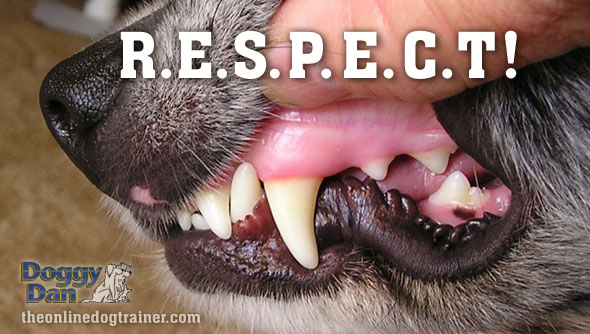
The first rule is about the pack hierarchy.
Rule No.1 : The Pack Leaders make all the decisions
Dogs are pack animals with leaders and followers. The pack leaders make the rules and enforce them. This means that if your dog thinks that they are in charge, then they make the rules and put very simply, you better not break them or you may be warned or disciplined by your dog. The most common cause of dog bites is because this simple rule has been broken and the dog thinks that they are in charge.
So once the rule above has been missed and the dogs think that they are the pack leaders, the rest of the rules are the things that can trigger a bite:
Rule No.2 : Space is important to a dog
Just like you would not walk into the office on a Monday morning, put your arm around your boss and ask them if they’d had a good weekend, so you need to be aware that your dog’s space is important – especially if they are the pack leader.
Many dogs are generally relaxed about this rule however that can change if they are asleep, unsettled, stressed, sick, startled, becoming old, sore, stiff, eating, or not keen on being smothered. When they’re in this kind of state they may suddenly growl or snap at you. There is a very simple way to show a dog affection that I cover off in my website in great detail that will keep you safe. Very simply put, you call the dog to you and THEN show affection – not the other way around. Not understanding this rule is one of the biggest causes of dog bites.
Rule No.3 : Food is life and death to dogs
So many dog bites happen because people mix food and dogs together AND DON”T understand the rules. If your dog is the pack leader and they want the food then watch out. If you become the pack leader, it’s the kindest and simplest way to keep things clear for your dog, and they become much more tolerant when they are at the bottom of the pack.
Lastly, if you are a stranger or visitor to the dog, if your head is close to theirs or there are children involved then the risk goes up also considerably.
Recognising that dogs have very different rules and psychology to us is crucial if we want to understand them better. We have to learn how they think and learn what their rules are. They are not humans and never will be, they are different. Which is why we love them so much, and that in itself is one way that we can respect dogs for what they are, rather than trying to humanise their actions and make them just like us!
To understand how to get your dog to calm down and look to you as the “leader” check out my program called The Dog Calming Code. .
Quick Resources for my Members in The Online Dog Trainer:
- Golden Rule No.4 of Becoming The Pack Leader
- Body Language
- Dog Tails
- The Nature Of Dogs
- The Kind And Gentle Way
- Join here: The Online Dog Trainer (for over 150+ detailed, step-by-step videos covering every issue of dog training, including The 5 Golden Rules of being the Pack Leader, and Project Moses)
All the best,





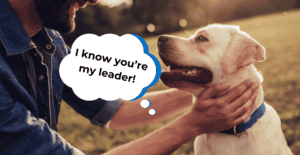
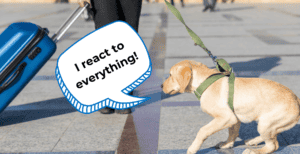
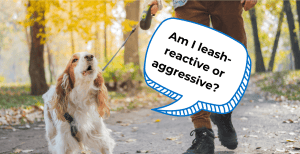
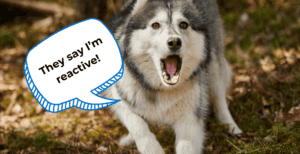
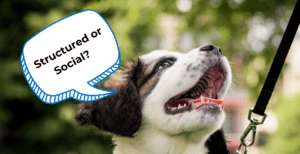
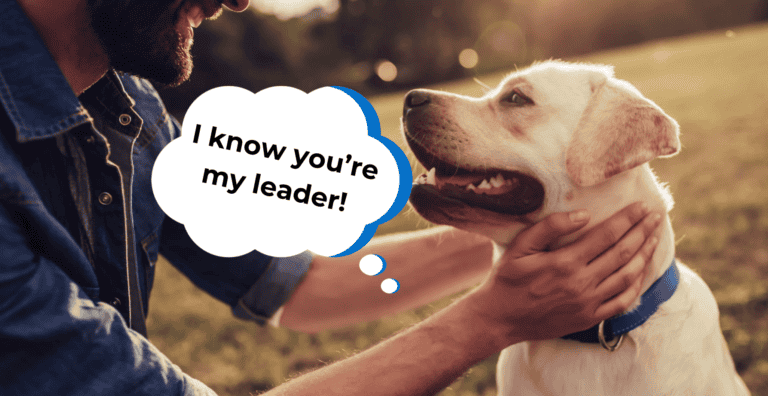
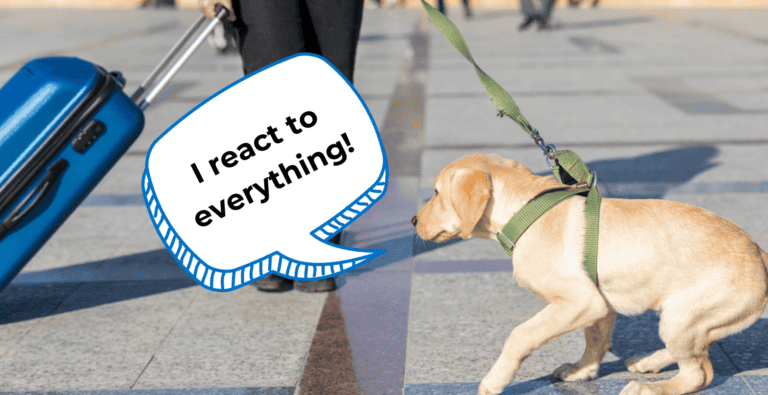
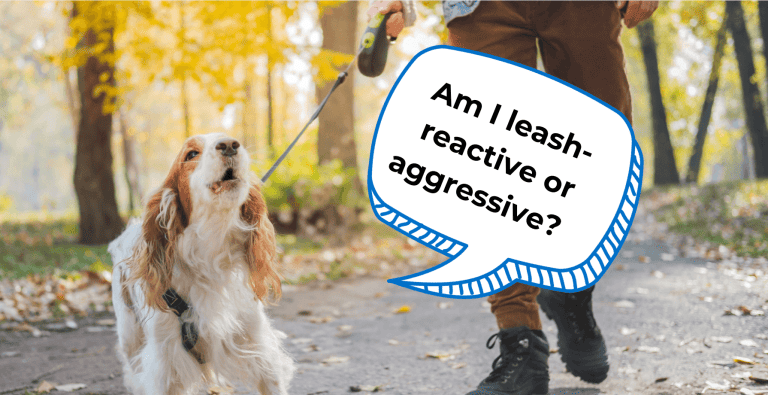

7 Responses
Recently a colleague brought his cousin’s dog to work (it’s a long story). The small dog was sitting under my chair in the staffroom, when another colleague bent down to pat the dog. The dog snapped at her touching the tip of her finger, no damage done. Her immediate reaction was to inform the dog’s handler for the day, about how the dog bit her when she was only trying to pat it. I think many dog bites are caused by people failing to see things from the dog’s point of view or read the dog’s body language. If a dog is under a chair, it shouldn’t take Einstein to realise that this dog is not feeling too comfortable right now and give it a bit of space and time to relax. Unfortunately, people don’t understand and the dog is blamed for the fallout.
Hi David, yes this situation that you mention is exactly the one I describe in Rule no.2 Space Invading. You are right as well that dogs are always blamed however so often we need to take another look at our actions. Dan
The problem is it does take an Einstein to realise the dog needed a bit of space and time to relax (and it’s space invading dealt with). The woman may have sensed the dog was uncomfortable but, because most of us are not dog Einsteins, the solution we provide is the one that often works on humans – an offer of comfort, reassurance, friendship, affection – and, because dogs are not humans, our solutions often make the situation worse.
It’s easy to look down one’s nose at people who don’t know what we do. I did it all the time when I first started learning about this completely different species I brought into my home and made family. I’m still guilty of it at times. Dogs are not easy to understand because we are not dogs. Often the only way we have to make sense of what they do is via human psychology, and we end up inadvertently causing all kinds of problem behaviours.
Oops, that reply was meant for David.
Hi Meg, all good 🙂
Awesome article. I think a lot of people forget about teaching the children how to act around a dog just as much as the dog has to be taught to act around the children! Was the situation with the lady resolved in the end?
Hi there Denise, Yes, we as humans have much to learn. I have not heard back from the lady however she was going to take a look at my video website and talk to her partner. I really do hope that she gave her dog another chance. Whatever the result it only makes me more determined to provide a fantastic solution through http://www.theonlinedogtrainer.com ! Dan